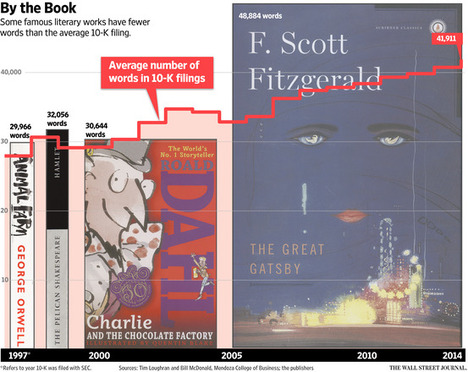(p. A15) Virtually every state has suffered a drop in startups, which suggests that this is a national, and not a regional or state, problem.
. . .
If history is any indication, many of today’s economic heavyweights will ultimately decline as new businesses take their place. Research by the Kaufman Foundation shows that only about half of the 1995 Fortune 500 firms remained on the list in 2010.
Startups also have declined in high technology. John Haltiwanger of the University of Maryland reports that there are fewer startups in high technology and information-processing since 2000, as well as fewer high-growth startups–annual employment growth of more than 25%–across all sectors. Even more troubling is that the smaller number of high-growth startups is not growing as quickly as in the past.
. . .
Surveys by John Dearie and Courtney Gerduldig, authors of “Where the Jobs Are: Entrepreneurship and the Soul of the American Economy” (2013), show that entrepreneurs report being hamstrung by difficulties in finding skilled workers, by a complex tax code that penalizes small business, by regulations that raise the costs of doing business, and by difficulties in obtaining financing that have worsened since 2008.
For the full story, see:
EDWARD C. PRESCOTT and LEE E. OHANIAN. “Behind the Productivity Plunge: Fewer Startups; New businesses were created at a 30% lower rate in 2012 than the annual average rate in the 1980s.” The Wall Street Journal (Thurs., June 26, 2014): A15.
(Note: ellipses added.)
(Note: the online version of the story has the date June 25, 2014.)

